Inside the New National African American Museum
On Wednesday, I had the distinct pleasure of taking part of media day at the Smithsonian National Museum of African American History and Culture, a museum that was 101 years in the making. The concept can be traced back to 1915 when African American veterans of the Union Army met in Washington DC and formed a committee to build a memorial to various African-American achievements. Today’s museum came into fruition in 2003 when President George W. Bush signed into law, legislation allowing for the creation of the Smithsonian Institute’s 19th museum, following decades long congressional battles.
The mammoth building sits on Constitution Avenue between the Washington Monument to the west and the American History Museum to the east. When I hopped in my uber in the morning, I attempted to enter the destination by name, realizing that the new kid on the block had not yet been picked up by google maps. A web search gave me the 1400 Constitution Avenue NW address.
The ride to the museum was one filled with jitters as I did not know what to expect, but I was overwhelmed with excitement to see the story that would be told about such a complex people.
The Museum, which was designed by David Adjaye, a Ghanaian-British architect, is impressive to say the least. The bronze laced building truly stands out amongst other longstanding features on the national mall. Upon entering the building, you begin to get an idea of how massive the building is, but it isn’t until you begin the tour that you begin to realize that you are in a 350,000 square foot space, which features five floors above ground and five floors below.
The experience of the museum begins in the basement which is accessible by the biggest elevator that I have ever been on. We were told to “take the elevator to slavery and freedom.” The curators were thoughtful in the creation of this experience in that as the elevator descends, you watch the years go by and you land in the 1400s.
Detroit boasts what was America’s largest African American museum, prior to the creation of this museum, and as a native I had visited many times, so I felt like I knew what to expect. I was wrong.
Entering this first exhibit which details the slave trade was emotional, one friend described it as triggering. It was dark, haunting, frustrating, angering and saddening. Though I know a lot about the slave trade reading nuanced details shook me to my core. The stand out part of this exhibition for me was the “Ships of the Trade,” a wall that had listings of slave ships, including the name of the ship, country of origin, the date the voyage began, the number of enslaved that boarded and the number that survived. Seeing the difference in the numbers broke my heart. Here you are given a very real picture of the lives lost at sea.
In the interest of self-care, I did not spend much time in this area of the exhibit. Truly one could spend at least two hours in this section alone if you wanted to read and take in everything that the curators meticulously put together.
During my tour, I spent time walking and talking with Dre from The Very Black Project and this truly made for a very full experience. Exploring the history of blacks in America while talking about contemporary issues with someone as passionate as myself made the experience more meaningful.
Another stand out in the exhibit is when you enter a great hall that depicts Thomas Jefferson standing in front of stacks of bricks, which have the names of the slaves that built Monticello on them.
As you ascend to subsequent floors, you move through time. You will experience Emancipation, Reconstruction, the beginnings of Jim Crow, northern migration, the civil rights movement, the black power movement, the origins of hip hop and the election of Barack Obama. At this point you are back to ground level.
Standing with my favorite quote of thousands in the museum
So grateful I have the freedom to travel, this was not always possible
My tour ended there, but on the subsequent floors there is a celebration of African American culture which includes music, literature, sports and contemporary art, amongst other things. This is not a museum that you will be able to fully experience during one visit. This is a museum that I will visit for years to come. If I had to estimate I would think one would need three full days to truly take it all in.
Overall, the experience of the museum is one that was very personal. I witnessed people crying, I witnessed anger, I witnessed people comforting each other, I witnessed, what I often witness, black people in loving solidarity. I exchanged hugs with people I just met and soaked up all of the love that was in the building. It was truly a bonding experience. This was the perfect day to be black, proud and unapologetic. To be clear, the opening of the African American museum is not for America, this is for US. This is a celebration of our humanity, our culture, our survival, our resilience, our brilliance, our excellence and our magic.
With activist and friend Deray

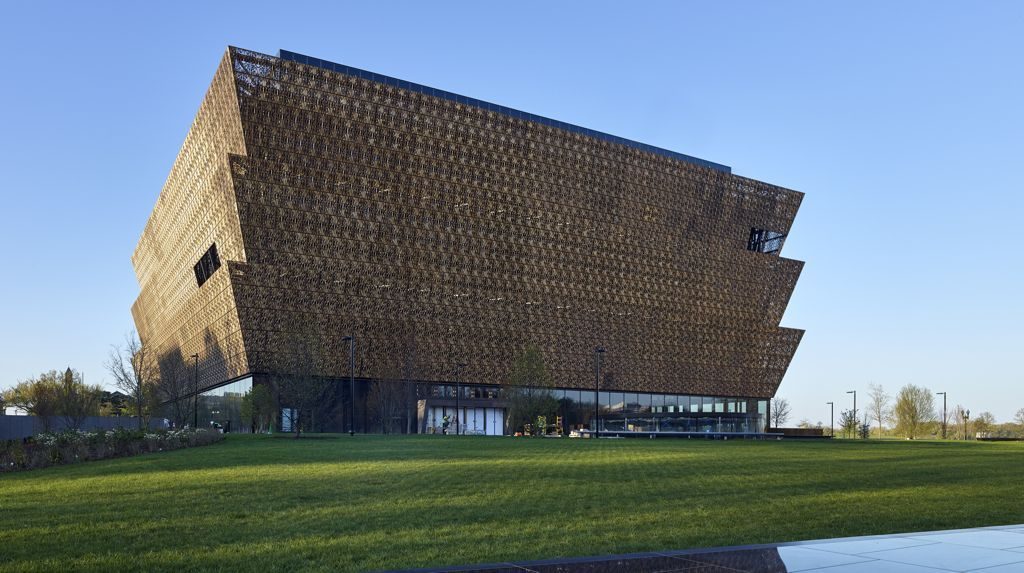
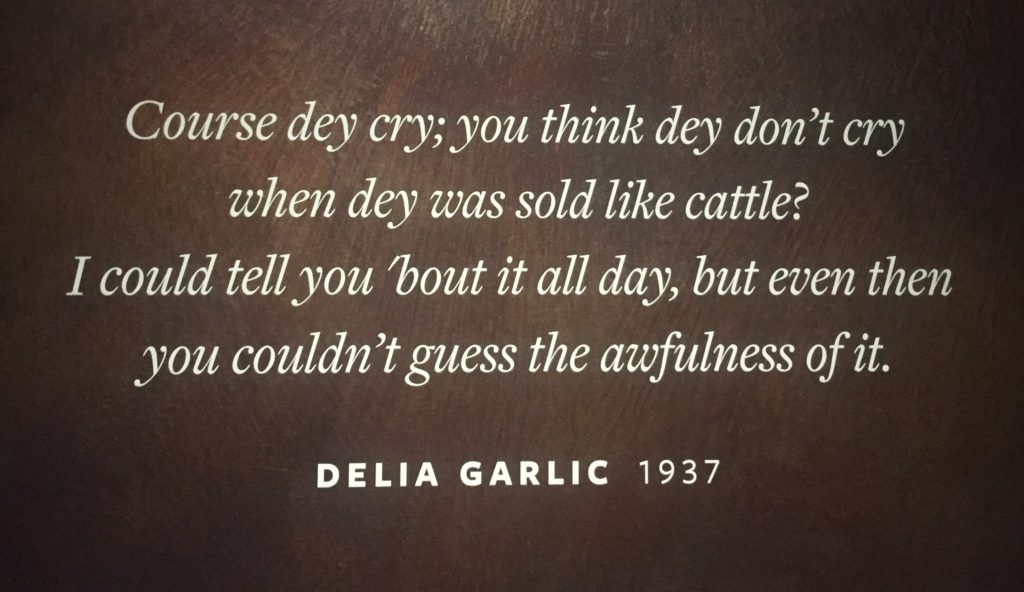
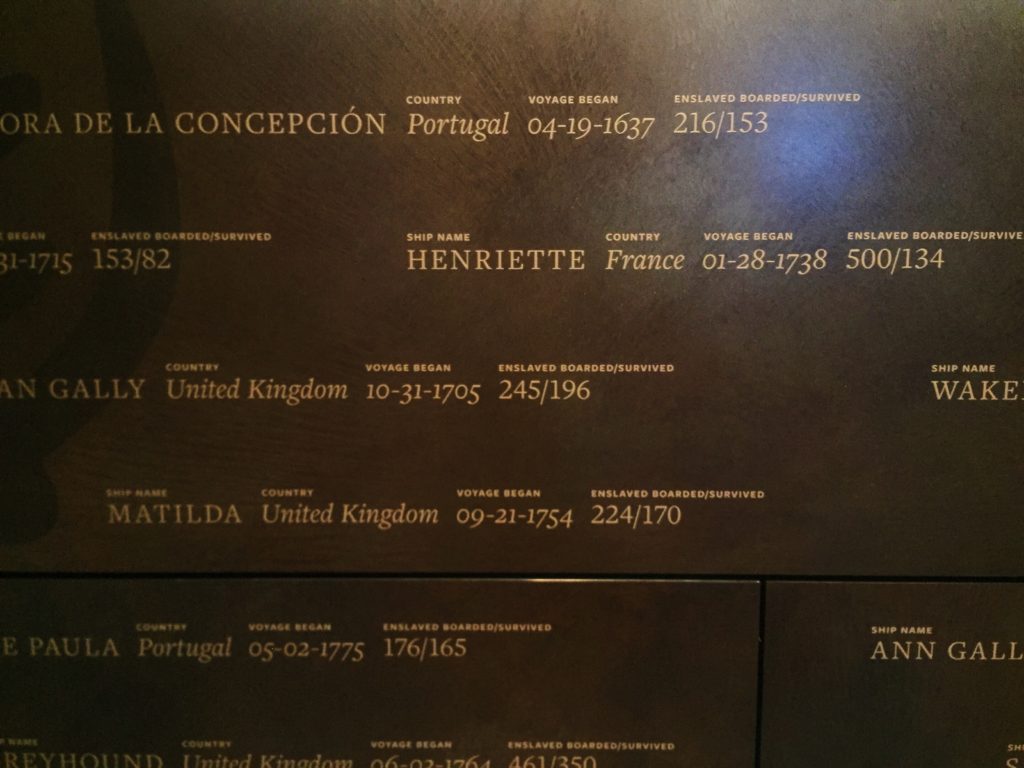
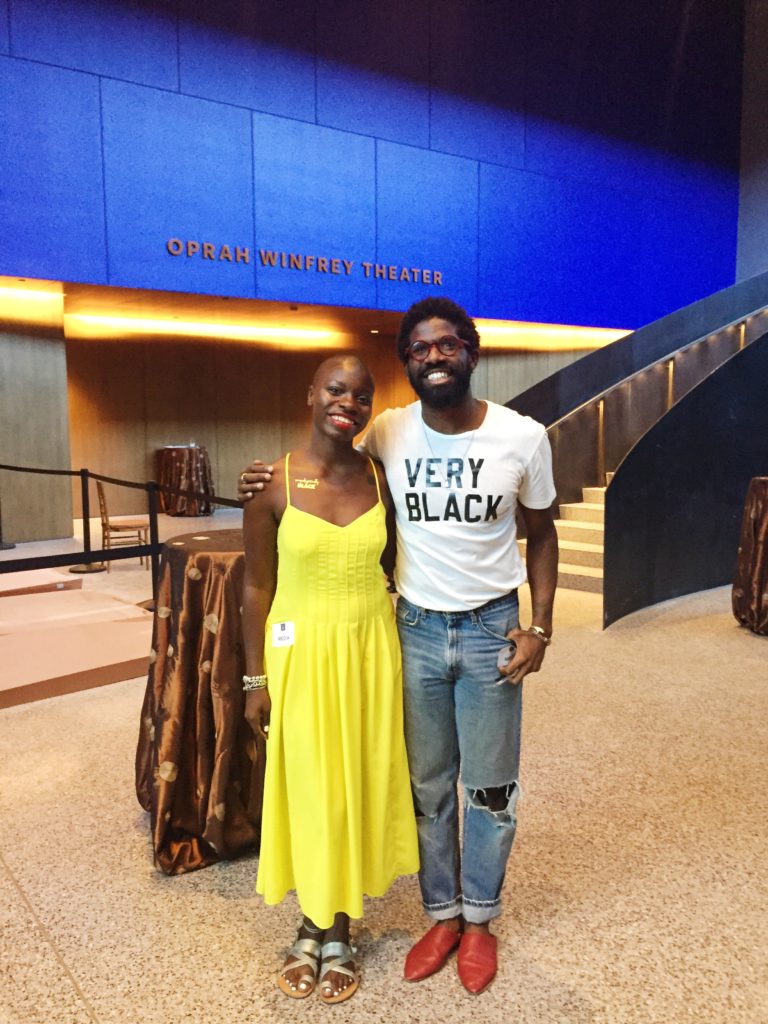
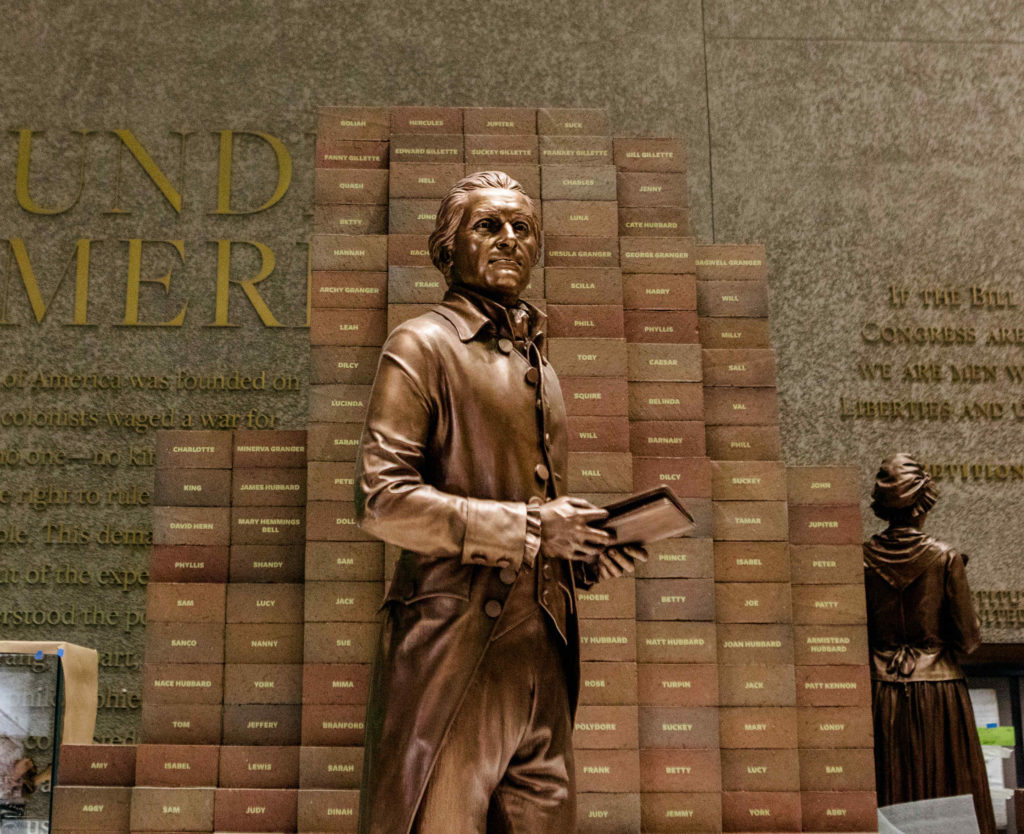
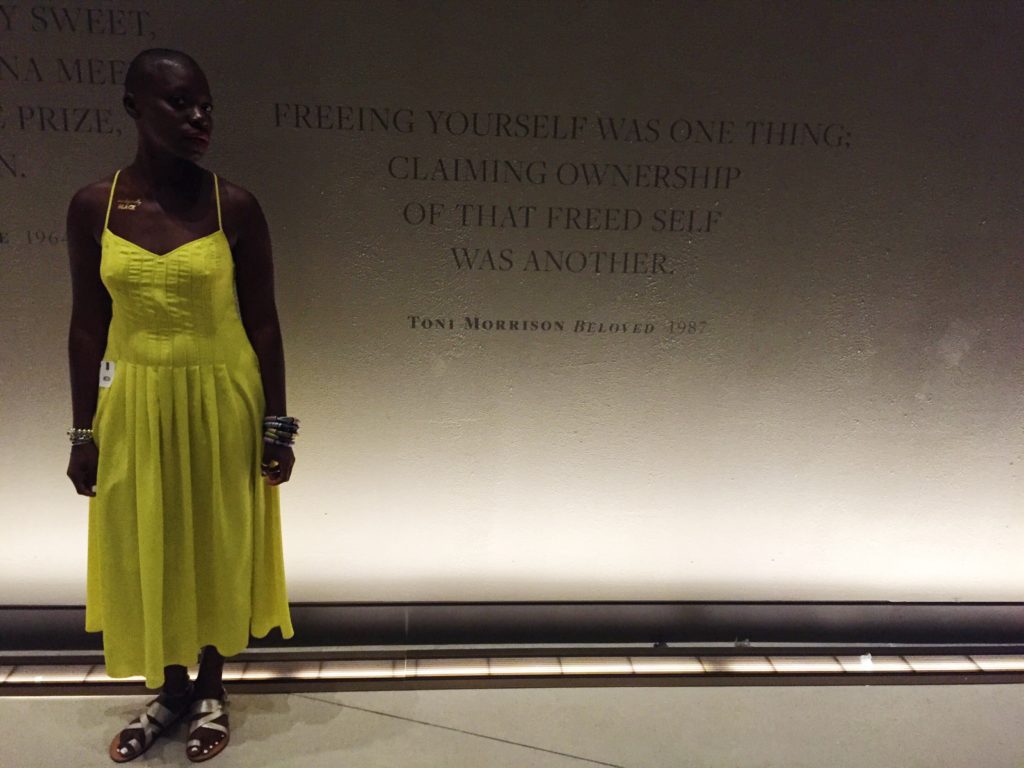
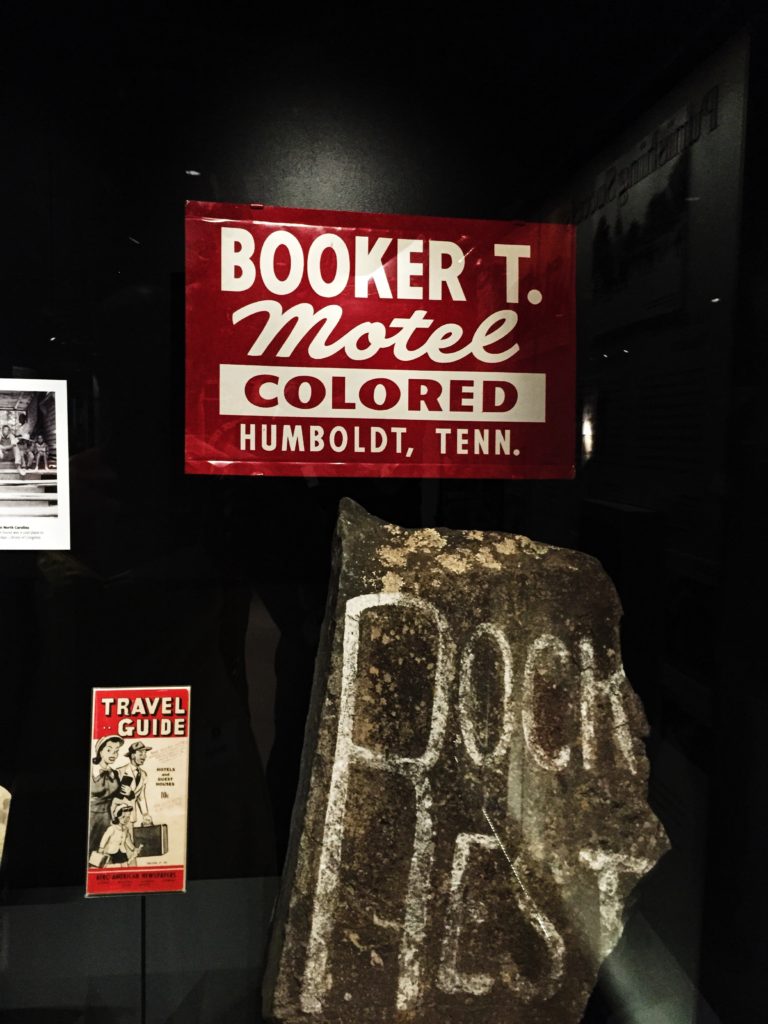
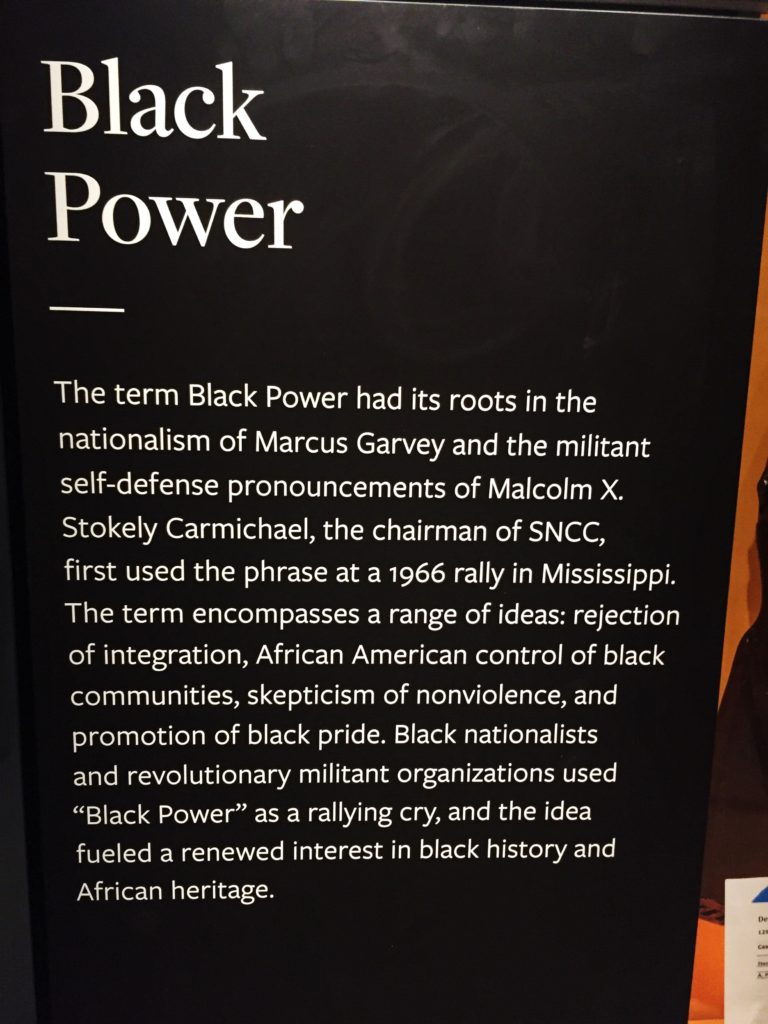




Awesome posts here.
looking fwd to visiting the museum next week………..as you described so well it will be a powerful experience.
I hope you enjoy it as much as I did.
Beautiful. I can’t wait to visit in the coming month.
P.S.
The blog is bomb.
Yes, I am sure you will enjoy it. Thanks for reading.